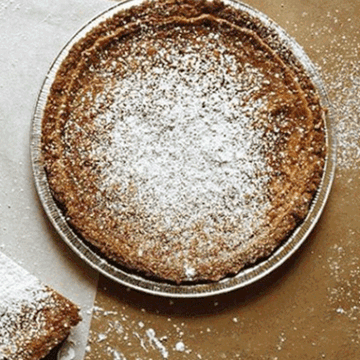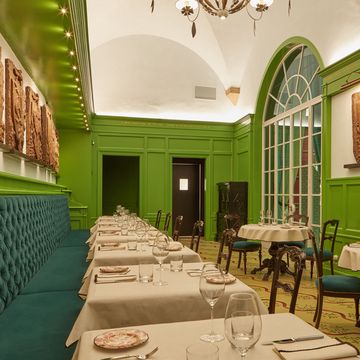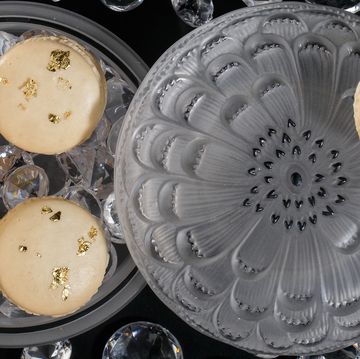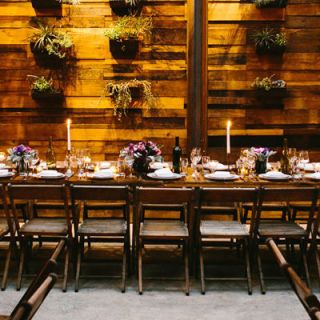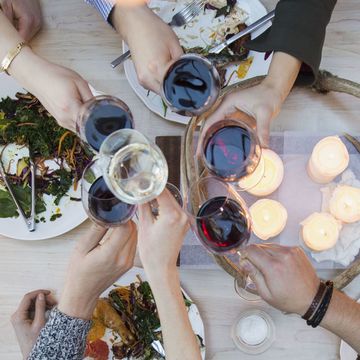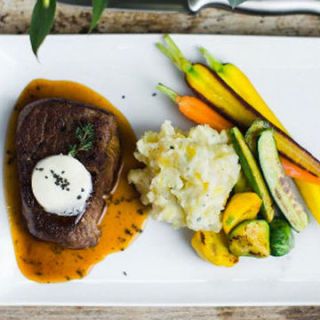It's widely accepted that there are stark differences between Asian-American cuisine and authentic Asian cuisine, and with some American eateries serving a mix of Chinese, Japanese, Thai and Vietnamese dishes all under one roof, there also seems to be a lack of differentiation between these often-contrasting food cultures. Add in each country's regional cooking styles, then throw in the techniques needed to actually prepare sushi or cook homemade ramen and more trepidation ensues. "Everyone knows the differences between other cultures through the lens of food, but that's not necessarily the same with Asian culture and cuisine in America," states Danielle Chang, founder of the LUCKYRICE festival, a celebration of Asian cultures and cuisines that has taken place in more than seven cities for the past six years. "It's not necessarily that people don't want to learn about the different Asian dishes and where they came from, there's just not great access to it. There's really no Asian version of Eataly, which is what gave me the springboard for LUCKYRICE."
After launching the LUCKYRICE festival, Chang knew there was more in store. Just this past year, she debuted a LUCKYRICE cookbook, which maps out Asian dishes we have come to know and love within today's culture. In the book, she breaks down the origins of them, while also introducing fusion versions to the mix and accepting their American adaptations–they're all delicious, after all. "I wanted to identify 100 recipes that all have resonance and social currency to fans of Asian food in the West. I'm not a chef–I'm an avid cook looking at Asian food from the perspective of a pop-culture observer," she told BAZAAR exclusively.
Less a guide to Asian cuisine and more about each dish's cultural relevance across the world, LUCKYRICE was founded as a method to curate a selection of chefs, dishes and restaurant owners that tell stories through food, and embrace the various ways Asian food has been adapted and fused with other food cultures. "We all think of ramen as a Japanese food, but it's actually a Chinese dish," Chang explains. The same applies to beloved dishes like Chicken Tikka Masala–"that dish isn't native to India, but for some reason it's the most well known Indian dish worldwide when it should probably be considered the national dish of the U.K. instead." As for adaptations like General Tso's chicken, over-the-top sushi rolls and kimchi tacos, Chang isn't writing those off either, so as long as one doesn't expect to order them in an authentic Asian eatery. "They are just all examples of how traditional cuisine was redefined by immigrants over time. I always say that the national dish of Los Angeles should be a kimchi taco–L.A.'s Koreatown is such a prime example of two immigrant groups co-existing for decades and creating a new cuisine, one that's so delicious it's now circling back and becoming popular in Korea as a result."
The LUCKYRICE cookbook is an homage to Asian flavors and the stories they tell, divvied up into ten chapters organized by occasion and flavor profile rather than country of origin. "What I love so much about food today is that there is fusion with everything. The best ramen I ever had was made by an Italian chef. Today with food, we are borderless." Here, five excerpts of Chang's east-meets-west options–from communal-style sushi to a spiked tea service.
DIY Sushi Hand Rolls
Rice Bowls and Beyond
For the Japanese, sushi is a venerable art form, something best left in the hands of sushi masters instead of home cooks. On the other hand, temaki sushi (or hand rolls) are an easy way to bring this tradition home. To prepare this sushi feast, arrange rice, nori, a variety of sashimi-grade fish (tuna, salmon, yellowtail, and salmon roe are my go-to, but get whatever is the freshest), and vegetable fillings on a platter so that everyone can make their own hand rolls. Provide small bowls of soy sauce and wasabi for dipping. I like to serve this feast when I'm entertaining at home; rolling these cones of sushi is as fun for little hands as it is delicious for grown-up guests.
Festive Thai Leaf Wraps
Street Eats
A beautifully wrapped Thai snack bursting with savory-sweet-sour-spicy flavors, miang kham embodies much of what I love about the spirit of Thai food, which often transforms humble ingredients into magical feasts. If this recipe, adapted from Chef Jet Ti La, sounds like a lot of ingredients to pack into a little snack, that is in fact what this is—miang kham literally means "eating many things in one bite." You can just as easily find miang kham sold by roadside vendors in little plastic bags as you can see it ceremoniously plated at Thai temple festivals.
Afternoon Gin Tea
Cocktails
Gin time and tea time are both entrenched British traditions, and the pair makes quite a heady cocktail. The British colonized much of Asia, and in the process, they brought over their traditions, including a proper English tea. This cocktail picks up both citrus and smoky notes from Lapsang Souchong, a black tea that originates from the Chinese province of Fujian and is made of Lapsang leaves that have been smoked over a pinewood fire. Gin, of course, has a lurid history as the bathtub spirit of choice during Prohibition, when the homemade brew was clandestinely served in teapots as part of the afternoon ritual. For parties, I like to mull a big batch of this "tea" with Asian-forward herbs like star anise, black peppercorns, and Kaffir lime leaves. As a wink to tradition, I pour the cocktail from a teapot into teacups.
Roman-Chinese Oxtail Stew
Asian Mash-Ups
Italian and Chinese home cooking share many similarities: While it may not be obvious, both cultures have a love of offal, such as tripe and liver, and so this oxtail-based dish perfectly fuses the two traditions on one plate. I simmer the oxtails in a combination of classic Italian ragù ingredients like red wine and tomatoes and Chinese flavors like soy sauce and bean paste. I like to serve this saucy dish over thin spaghetti, or a nice crusty ciabatta would also work well for sopping up the extra sauce.
Classic Chinese Dumplings
Lucky Feasts
From Polish pierogi to Italian ravioli to pan-fried Japanese gyoza, dumplings are universal comfort food. Even though there are as many variations as there are eaters, the classic Chinese dumpling is filled with a pork and garlic chive base to which cabbage, scallions, and other ingredients such as black mushrooms can be added. Chinese dumplings can also be cooked in a multitude of ways—most traditionally boiled (shuijiao, which literally means "water dumpling"), but also steamed (zhengjiao) and pan-fried (guotie, commonly known as "pot stickers)."
For full recipes of the dishes above, The LUCKYRICE cookbook is available for purchase at amazon.com.
The LUCKYRICE festivals begins tomorrow in NYC, with tickets available at at luckyrice.com.







